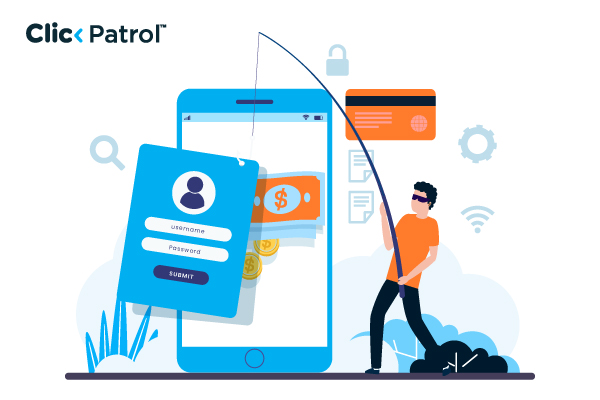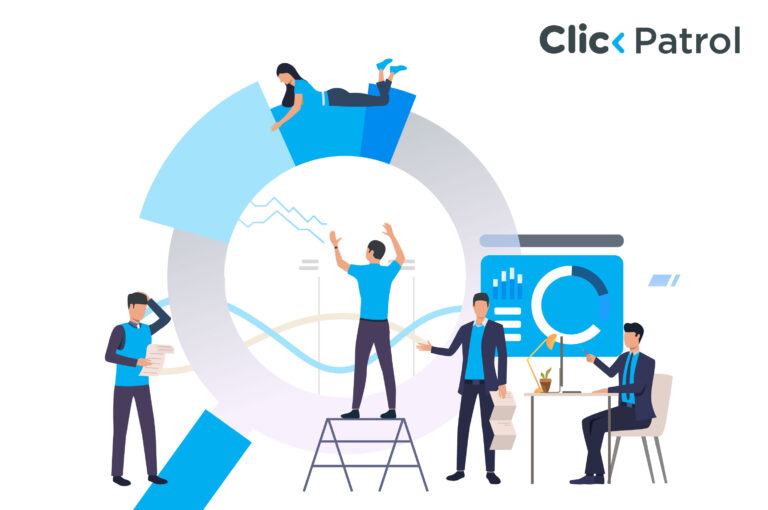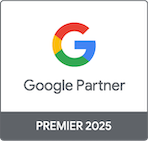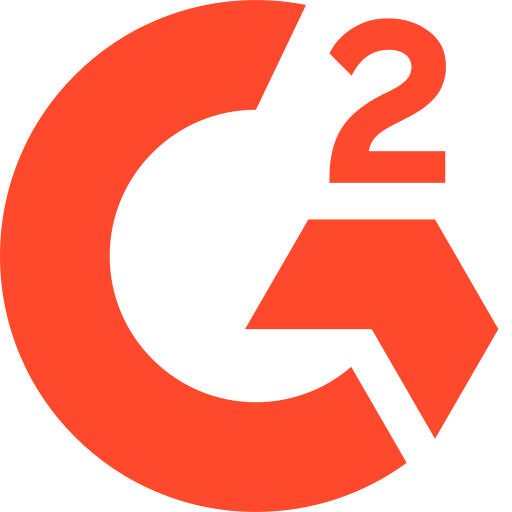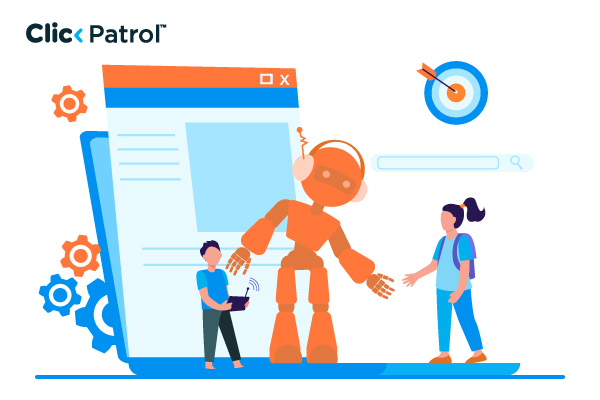
Best PPC Sites in 2025: Platforms, Costs & Strategies to Maximize ROI
Abisola Tanzako | Mar 14, 2025

Table of Contents
- The fundamentals of PPC operations
- Important PPC ad components
- Top advertiser Pay-Per-Click (PPC) websites
- 1. Google Ads
- 2. Facebook Ads
- 3. Microsoft Ads
- 4. Instagram Ads
- 5. LinkedIn Ads
- 6. Twitter Ads
- 7. TikTok Ads
- How to choose the best PPC site for your business
- Cost of PPC advertising
- Factors influencing PPC costs
- PPC marketing techniques for maximum return on investment
- PPC promotion for various business categories
- Typical PPC advertising errors
- Future of PPC advertising
- Is PPC worth it?
- How to choose the right PPC platform for your business
- FAQs
Businesses make an average of $2 for every $1 spent on PPC ads (Google, 2023). Online advertising networks, known as pay-per-click (PPC) sites, allow companies and marketers to display adverts and are only charged when people click on them. PPC is one of the most economical digital marketing techniques because it guarantees that marketers pay for real engagement rather than impressions. According to Statista, global search advertising spending, including PPC, was $260 billion in 2023 and is expected to surpass $300 billion by 2026. This guide explores the top PPC platforms, how much they cost, and proven strategies to optimize ad spending.
The fundamentals of PPC operations
In PPC advertising, advertisers compete for ad placement using keywords, audience targeting, and budget. The bidding mechanism affects the cost per click (CPC), and several variables, such as industry, competition, and ad quality score, also affect the CPC.
Important PPC ad components
- Keywords: To activate their advertising, advertisers bid on pertinent keywords.
- Ad rank: Google and other PPC systems use the bid amount and quality score to decide placement.
- Ad extensions: Extra data that improve advertisements, such as phone numbers, websites, or reviews.
- Landing page: The page users arrive at after clicking on the advertisement ought to be conversion-optimized.
Top advertiser Pay-Per-Click (PPC) websites
Below is a comparison breakdown of the leading PPC advertising platforms.
1. Google Ads
- Best for: Search engine marketing
- Average CPC: $1 – $7
- Ad formats: Search, Display, Shopping, Video
2. Facebook Ads
- Best for: Social media advertising
- Average CPC: $0.50 – $2.00
- Ad formats: Image, Video, Carousel, Messenger
3. Microsoft Ads
- Best for: B2B and older demographics
- Average CPC: $0.50 – $3.00
- Ad formats: Search, Shopping, Display
4. Instagram Ads
- Best for: Visual and mobile-based ads
- Average CPC: $0.40 – $1.50
- Ad formats: Stories, Feed, Reels
5. LinkedIn Ads
- Best for: B2B and professional targeting
- Average CPC: $2 – $8
- Ad formats: Sponsored Content, InMail, Display
6. Twitter Ads
- Best for: Engagement-driven campaigns
- Average CPC: $0.50 – $2.00
- Ad formats: Promoted Tweets, Videos, Followers
7. TikTok Ads
- Best for: Younger audiences and video marketing
- Average CPC: $0.10 – $1.00
- Ad formats: In-Feed, TopView, Hashtag Challenges
How to choose the best PPC site for your business
Take into account the following to optimize ROI:
- Target audience: Do they utilize TikTok, Facebook, LinkedIn, or Google?
- Budgetary restrictions: LinkedIn’s high CPC might not be the best option for small businesses.
- Advertising goals: Are you trying to increase website traffic, conversions, or brand awareness?
- Preference for ad format: While Google Ads and Microsoft Ads concentrate on search intent, TikTok and Instagram prioritize video ads.
Cost of PPC advertising
The industry, keywords, and level of competition all have a significant impact on PPC campaign costs.
Industry-specific average CPC (Google Ads)
WordStream reports that the average cost per click (CPC) for all Google Ads industries is:
- Legal services: $6.75
- Finance and insurance: $5.16
- Health and medical: $2.62
- E-commerce: $1.16
- Travel and hospitality: $1.55
Factors influencing PPC costs
Factors influencing PPC costs include:
- Business demand: CPCs are greater in competitive businesses like law and insurance.
- Ad quality score: A Lower CPC is associated with a higher quality score (better landing page experience and ad relevancy).
- Competition for keywords: High-volume keywords, such as “best credit cards,” cost more than $50 per hit.
- Geographic targeting: The cost of advertisements in advanced economies is higher than in emerging markets.
PPC marketing techniques for maximum return on investment
PPC marketing techniques for maximum return on investment include:
1. Employ long-tail search terms: Target particular long-tail keywords, such as “best waterproof running shoes for women,” rather than general ones like “running shoes,” to attract high-intent consumers and reduce CPC.
2. Improve landing pages: A well-optimized landing page that loads quickly, has a clear call to action, and is mobile-friendly increases conversion rates and decreases wasted ad spend.
3. Put A/B testing into practice:
- Experiment with various calls-to-action (CTAs), pictures, and ad copy.
- Keep an eye on engagement numbers and make any adjustments.
4. Use retargeting advertising. Retargeting is the practice of displaying advertisements to website visitors who did not complete a purchase. It raises conversion rates by 70%.
5. Track and modify bids
- Reduce bids for keywords that do not perform well.
- For high-converting keywords, increase your bids.
PPC promotion for various business categories
They include:
PPC for small business
- Pay attention to inexpensive platforms such as Microsoft Ads and Facebook Ads.
- To lower CPC, use long-tail keywords and local targeting.
PPC for online retailers
- Target customers with Instagram Ads and Google Shopping Ads.
- Retarget cart abandoners to increase conversions.
PPC for B2B companies
- LinkedIn ads are the most effective for B2B lead generation.
- Use Bing to target professionals with Microsoft Ads.
PPC for mobile apps
- For app installs, use TikTok ads and Google app campaigns.
- Ads should be tailored for mobile-first experiences.
Typical PPC advertising errors
Typical errors include:
- Not clearly defined goals: Clients who do not specify whether they want clicks, conversions, or leads risk wasting money.
- Damaging keyword ignorance: Clicks are wasted if negative keywords are not added. For instance, using “cheap” as a negative keyword will stop low-quality visitors if you offer premium shoes.
- Placing and ignoring it: Continuous optimization is necessary for PPC advertising; otherwise, you risk overspending without seeing any results.
Future of PPC advertising
PPC advertising is changing due to AI and automation. AI-driven automation is used in Facebook Advantage+ Campaigns and Google Performance Max Campaigns to optimize advertising for higher conversion rates.
New PPC trends
- Voice search PPC: As Alexa and Siri become more popular, PPC campaigns need to adjust to voice search requests.
- AI-powered bidding: Ad performance is being enhanced by AI-driven bidding tactics.
- Video ad growth: Video-based PPC ads (TikTok, YouTube Shorts) are increasing due to higher engagement.
Is PPC worth it?
Yes! PPC is one of the fastest ways to get targeted traffic and leads. Whether you are a small business, an e-commerce store, or a B2B company, PPC helps you reach the right audience quickly. One significant advantage is that you can track results in real-time. Unlike traditional ads, PPC shows clear data on clicks, impressions, and conversions, so you know where your money is going.
However, to get the best results, you need a solid strategy. This means choosing the right keywords, testing different ads, and adjusting your budget based on performance. PPC works even better when combined with SEO. While SEO builds long-term organic traffic, PPC gives instant visibility. Using both creates a strong marketing strategy that balances quick wins with lasting growth.
How to choose the right PPC platform for your business
Although PPC is a crucial component of digital marketing, its effectiveness depends on its management. Companies that study their target market, improve their ad strategy, and optimize their campaigns will consistently see growth and increased conversions. With the development of AI and automation, PPC will only become more effective, making it an essential tactic for companies trying to grow in the digital era.
When correctly applied, PPC is a high-return investment that can promote long-term company success rather than merely being a cost. Start optimizing your PPC strategy today, get a free ad audit, and maximize your ROI!
FAQs
Q. 1 Which pay-per-click website is ideal for beginners?
Google Ads is the ideal option for beginners.
Q. 2 What is a good PPC budget for small businesses?
Start with $500–$2,500/month, depending on industry competition. Test, track, and adjust for the best ROI.
Q. 3 Which PPC platform offers the best ROI?
- Google Ads – Best for high-intent searches.
- Facebook/Instagram Ads – Great for brand awareness.
- Microsoft Ads – Lower CPC, suitable for older audiences.
- LinkedIn Ads – Best for B2B but costly.
- TikTok/YouTube Ads – Best for video engagement.
Q. 4 How can I reduce my PPC expenses?
To reduce PPC expenses, target niche demographics using long-tail keywords.
- Improve conversion rates by optimizing landing pages.
- Review negative keywords frequently to weed out irrelevant traffic.
Q. 5 Does PPC outperform SEO?
Yes, but it depends. PPC delivers instant results, while SEO builds long-term organic traffic. A mix of both works best for sustained growth.

